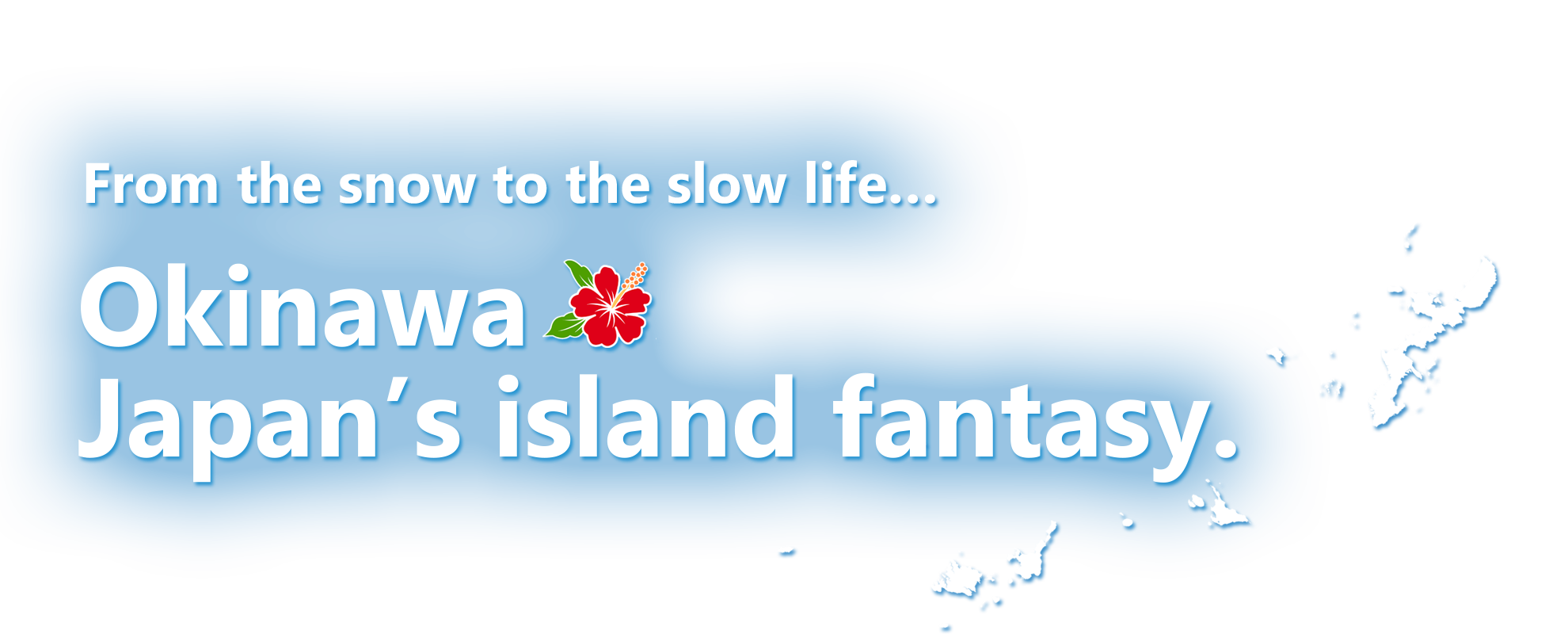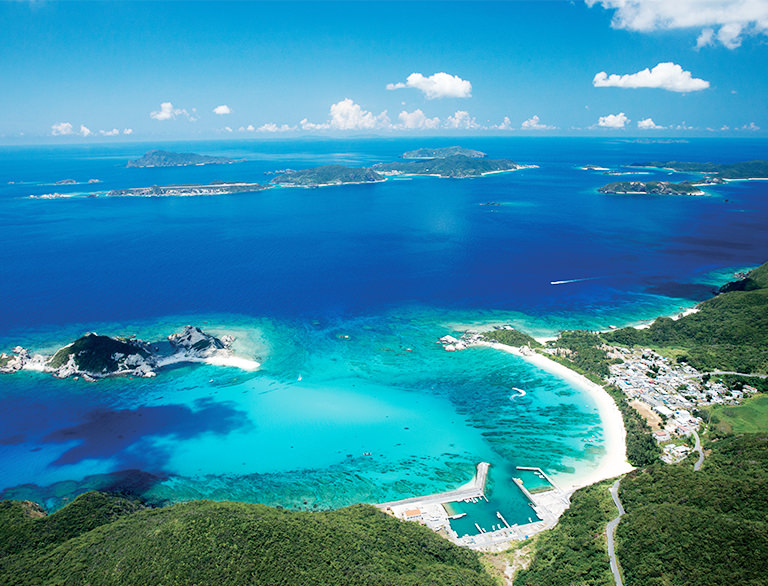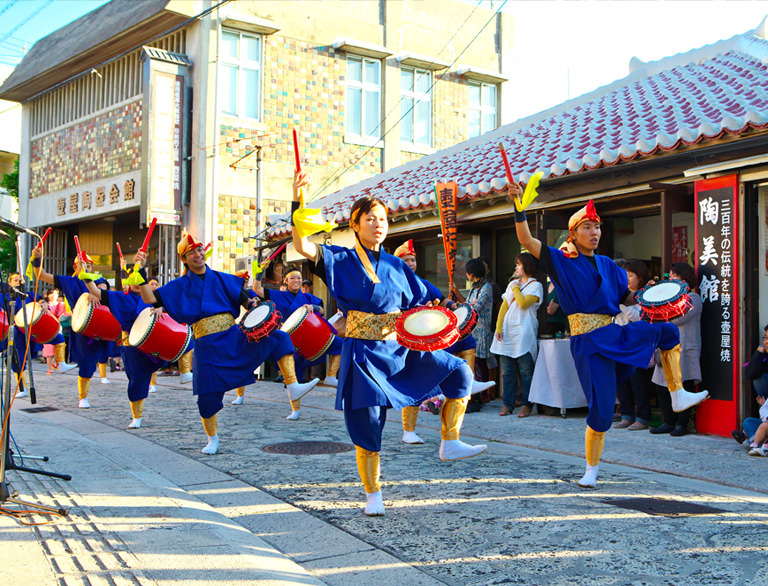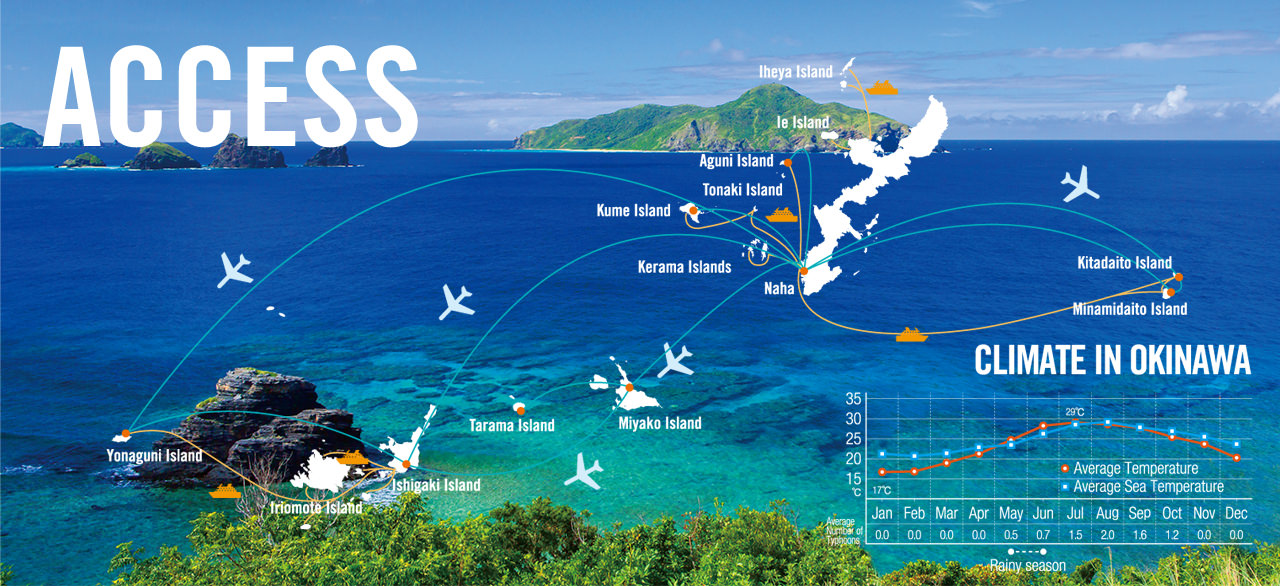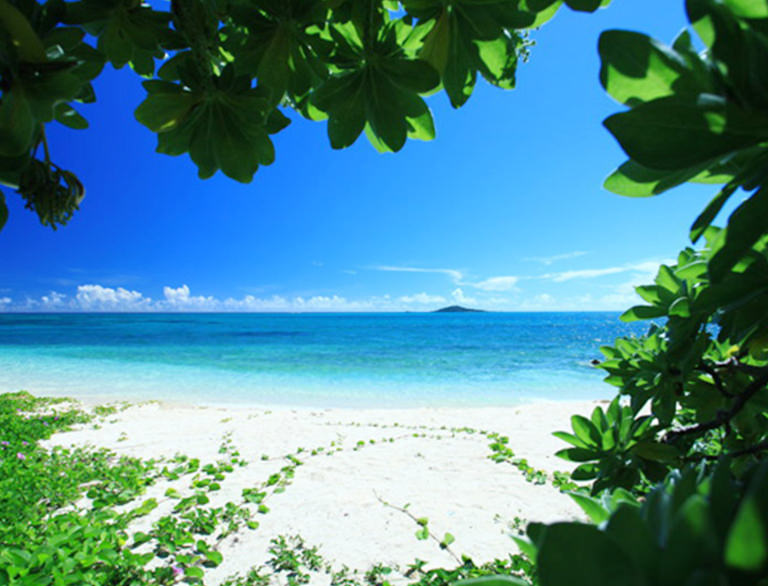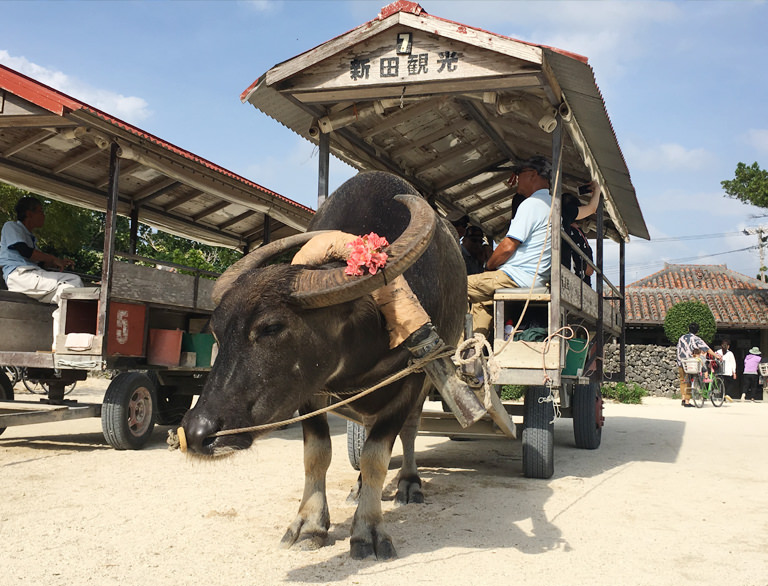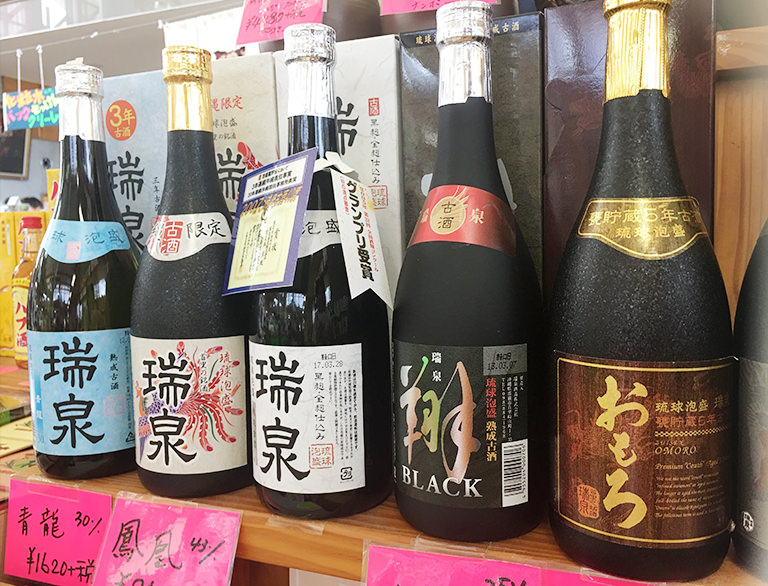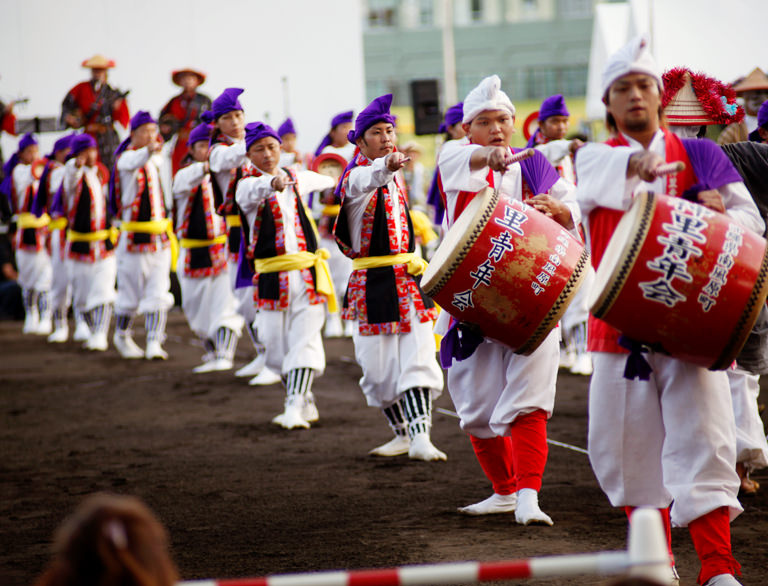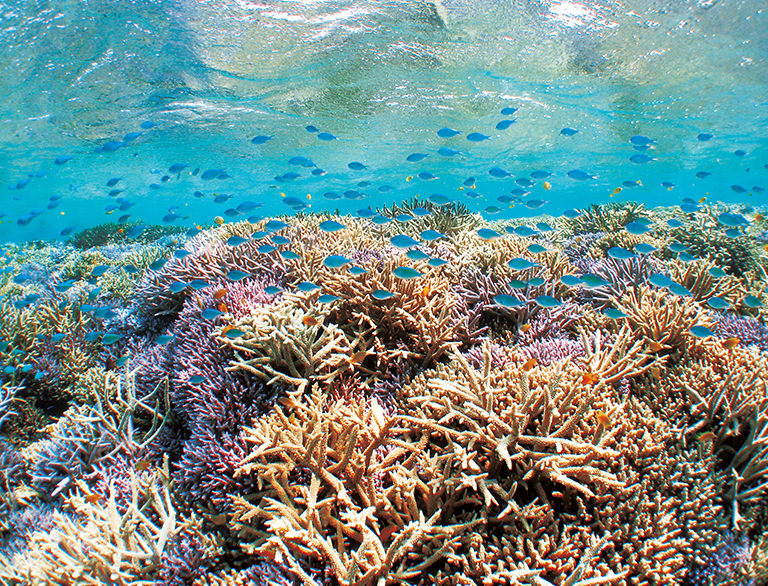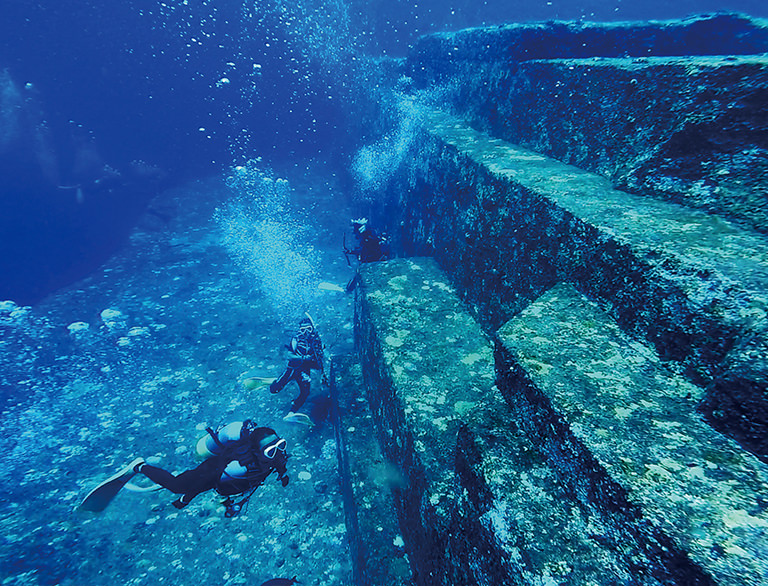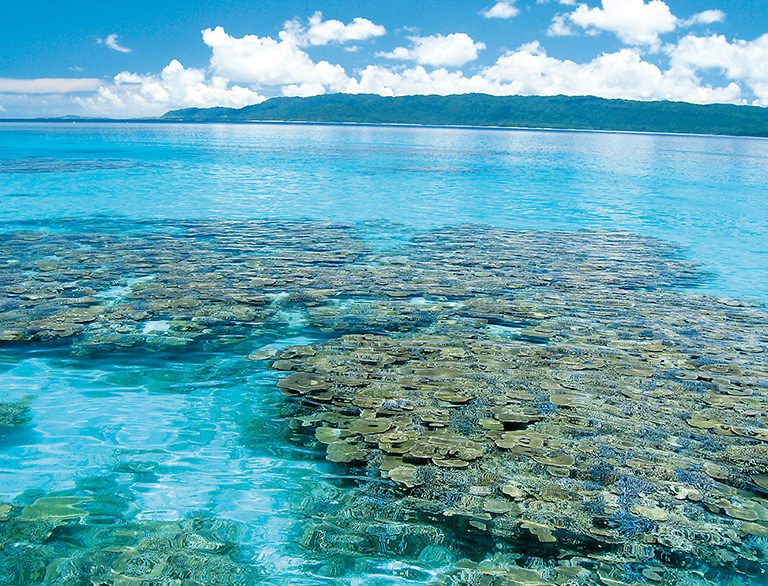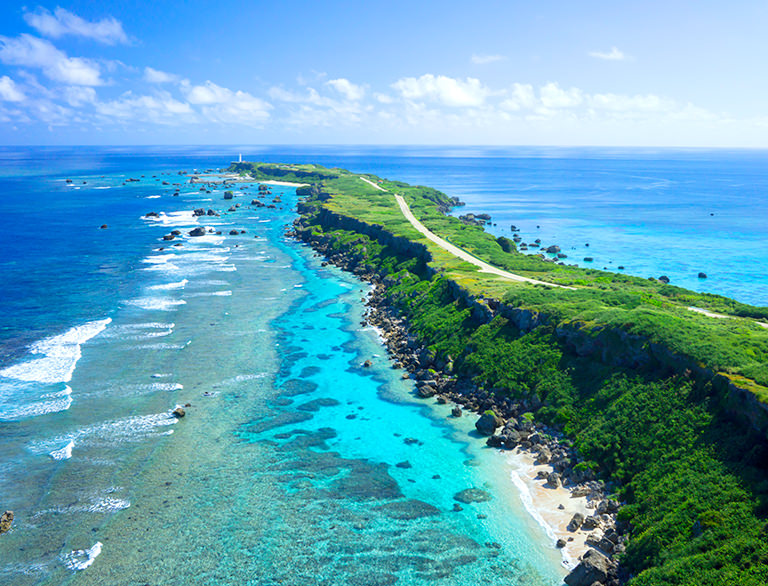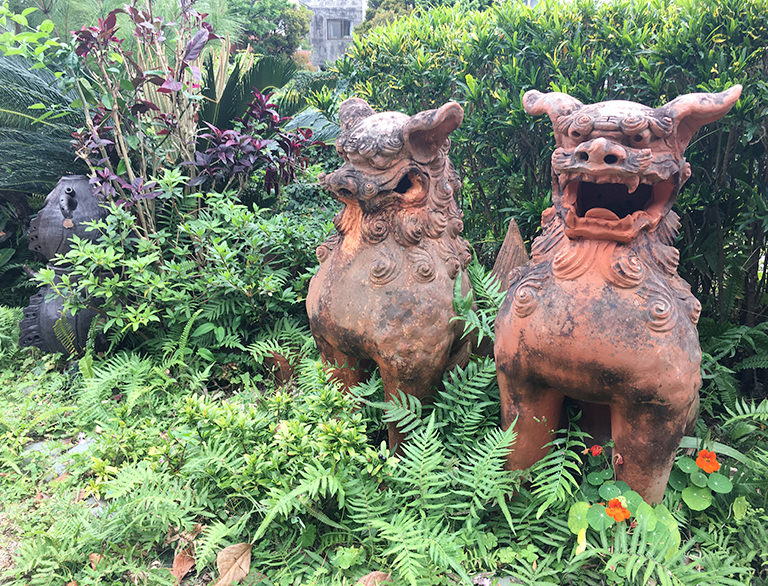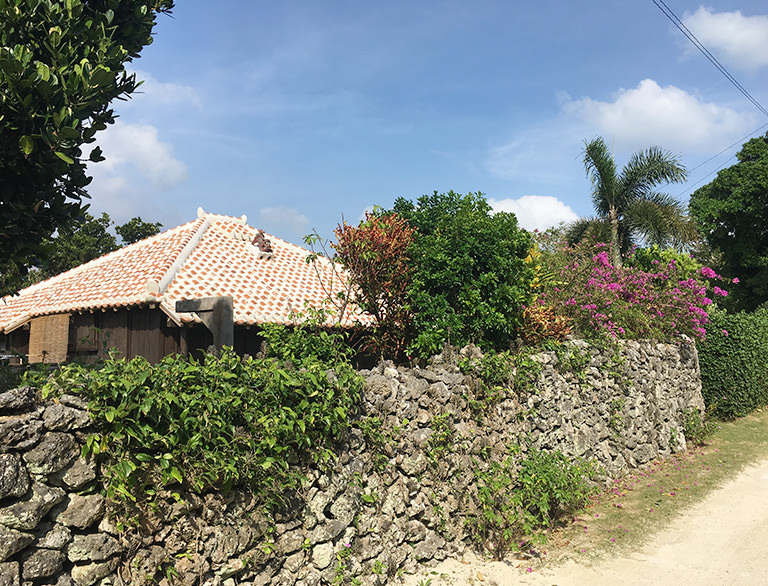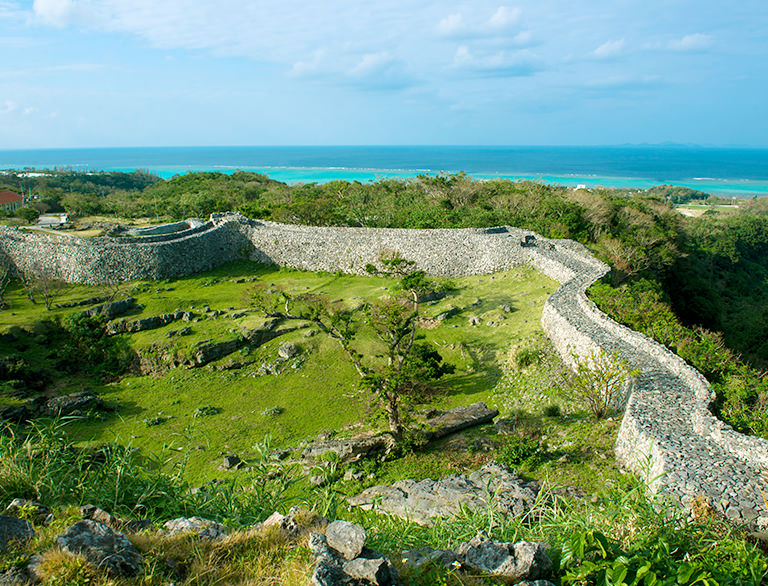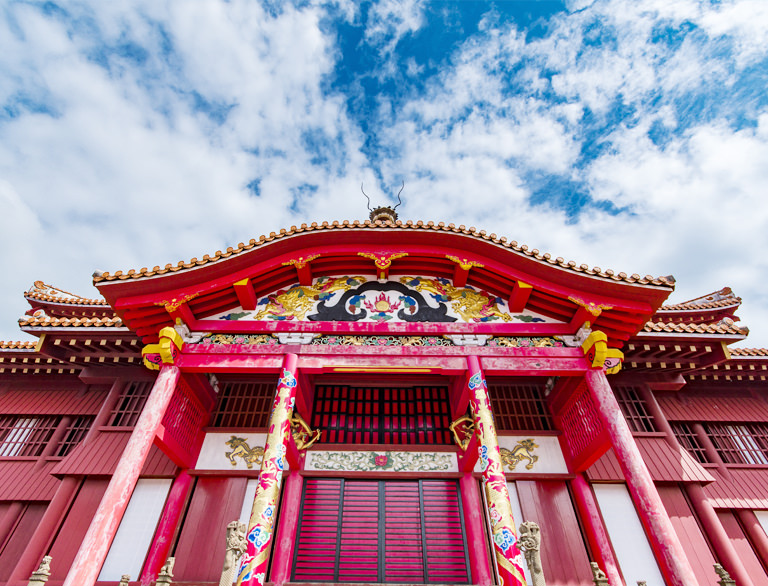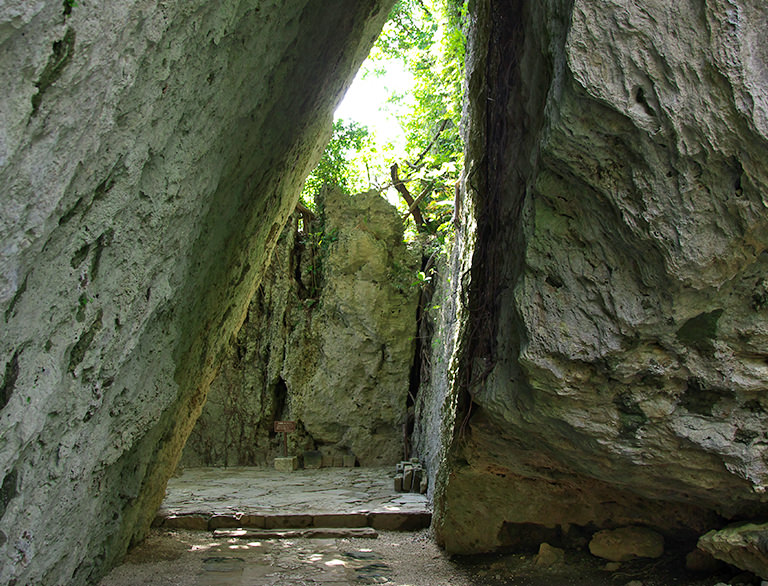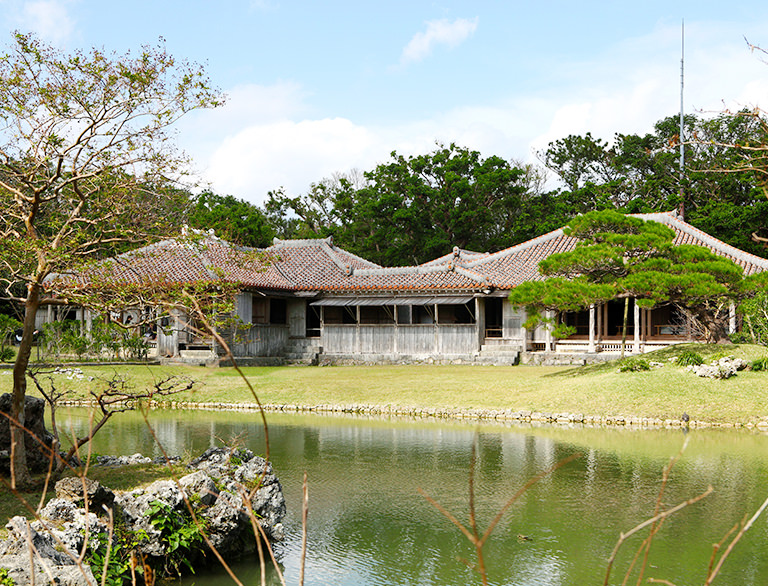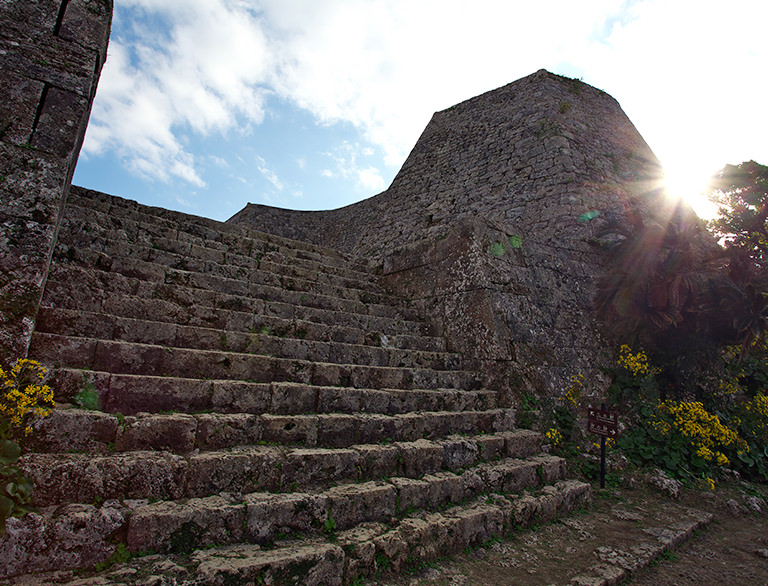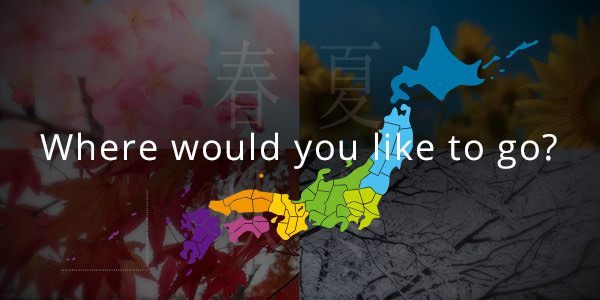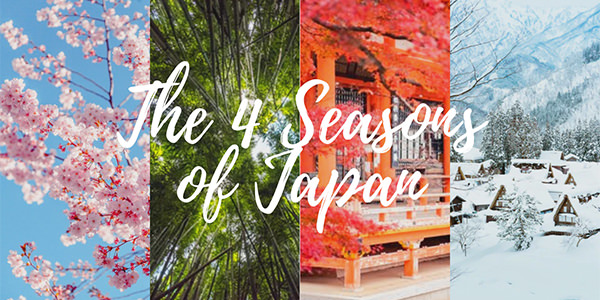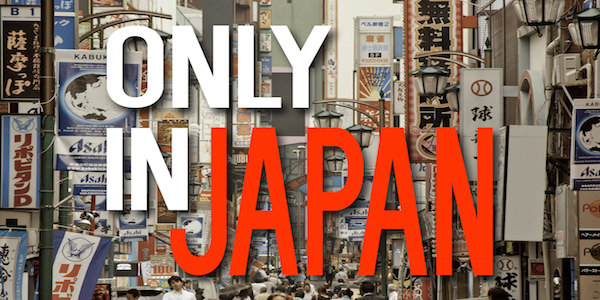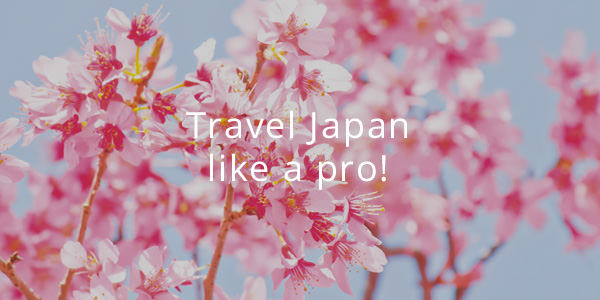EXPLORING OKINAWA’S ISLANDS
Okinawa is made up of 160 islands that are full of life on and off the islands. There is no way to appreciate Okinawa without exploring these islands – nature is a big part of the Okinawan lifestyle. People live in harmony with nature here so the local guides will know exactly where to take you. Let them take you on a journey filled with gorgeous subtropic scenery and mystical creatures.
Just off the coast of Yonaguni Island in the southern extreme of Okinawa’s Yaeyama Archipelago is the Yonaguni Monument, an enormous palace shaped underwater structure thought to be a lost Atlantis.
Measuring 300m long, it has been suggested that it almost resembles a Mayan temple with its carved staircase, main terrace and artistic reliefs, and is a popular attraction on both diving and glass-bottomed boat tours around Yonaguni Island.
Dive, snorkel, or windsurf your way around the Kume Island region, a 30-minute flight away from Naha. Kume is home to some dazzling beaches, headed by the 2km white strip of Eef Beach, also a gathering point for the local marine sports enthusiasts.
Get right away from mankind altogether on Tonaki Island nearby, an uninhabited 3.5km bastion of Prefectural Natural Park. It’s all enough to make you feel like a few nips of Kumejima-no-Kumesen, the famous local awamori spirit.
Some head to the alluring beaches of the Miyako region in full stride during its famous triathlon, but more choose to saunter, quite possibly after a morning already spent diving on lush coral reefs like Yabiji in the north of Ikema Island.
There’s also Toriike pond on Shimoji Island, which appears as a double on the surface, but is actually one interconnecting stream between fresh and saltwater, full of interesting discoveries only surpassed by a towering Marksburg Castle at Ueno German Culture Village.
It’s hard not to notice the crystal clear waters and the coral reefs when arriving at Ishigaki Island. Within the surrounding ocean of this subtropic island is an abundance of marine life complete with sea turtles and manta rays. Find yourself a professional diving tour guide to take you on an expedition under the sea. With luck you’ll have a magical encounter with one of Ishigaki’s magnificent sea creatures.
When you arrive at Taketomi Island, hitch a ride on a carriage pulled by a water buffalo. The buffalos were brought in for farm work, but they are the best way to slowly explore the nationally protected scenery of this old village island. Change over to a bike to freely explore the sandy white beaches and friendly community, it takes less than a day to see all of the island by bike and be completely enchanted.
If you’re looking to immerse yourself in pure nature, 90% of Iriomote Island is covered in a native subtropic jungle. There’s no better way to experience the island than to simply kayak down Nakama river, one of Iriomote’s 40 rivers that also has Japan’s largest mangrove coverage… Or trek through the jungle to meet Pinaisala Falls. There are plenty of guides in the area to choose from, so be sure to go with one or you may encounter Iriomote’s resident Iriomote wild cat.
THE NATURE RICH SCENERY OF OKINAWA
The pace of life on the outer islands of Okinawa is best described by the pace of their local water buffalo: slow and relaxed. Patiently plodding around under their long, arched horns as if looking for somewhere to put them down, these friendly, docile creatures help the local villagers both at work and play. If you’re struggling to get into the rhythm when you arrive, just take a ride on a water buffalo buggy in a remote village.
Perambulating through sandy pathways lined by coral walls, and spattered with the deep green and purple of subtropical gardens is quite possibly as calming as a meditation session with the Dalai Lama, and your guide might even break into song with his Okinawan banjo – known as a sanshin – along the way.
Taketomi and Ishigaki Islands are especially famous for their beautiful enclaves of traditional houses, which miraculously continue to withstand the howling gales of the Pacific typhoon season each year.
Want to know a little more on Okinawa’s beaches? Click through to this link: https://www.visitokinawa.jp/attractions/beach-information

